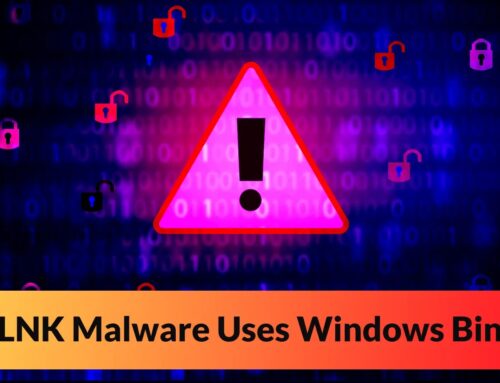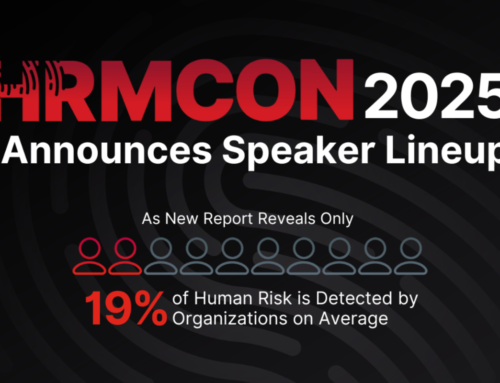
New LockBit 5.0 Ransomware Variant Attacking Windows, Linux, and ESXi Systems
The cybersecurity landscape just took another alarming turn. Following a high-profile international law enforcement takedown in February 2024, the notorious LockBit ransomware group has resurfaced, marking its sixth anniversary with an ominous new variant: LockBit 5.0. This isn’t just an iteration; it’s a stark reminder of ransomware’s relentless evolution and the critical need for robust enterprise defense. Trend Micro’s in-depth analysis confirms LockBit 5.0 binaries are specifically targeting Windows, Linux, and VMware ESXi systems, reinforcing the group’s commitment to cross-platform attacks that can paralyze entire organizations.
LockBit 5.0: A Resurgent Threat
The reappearance of LockBit, particularly with a new version, underscores the resilience and adaptability of cybercriminal enterprises. Despite concerted efforts by global law enforcement agencies to dismantle its infrastructure, the group has managed to rebuild and re-arm. LockBit 5.0 signifies more than just a version bump; it represents a refined attack vector designed to bypass existing defenses and maximize damage across diverse IT environments. Its multi-platform capability — targeting Windows, Linux, and ESXi — is particularly concerning, as it allows attackers to compromise a wider array of critical business systems, from user workstations and development servers to virtualized infrastructure.
Technical Deep Dive: LockBit 5.0 Capabilities
Trend Micro’s analysis of LockBit 5.0 binaries reveals a focus on versatility, allowing the ransomware to encrypt files across various operating systems. The proficiency in attacking VMware ESXi environments is a significant threat, as many organizations rely heavily on virtualization for their critical business operations. Encrypting ESXi hosts can render entire virtual machine farms inaccessible, leading to catastrophic downtime and data loss. For Windows and Linux, the capabilities likely include sophisticated encryption algorithms, file obfuscation techniques, and mechanisms to evade detection, building upon the established playbook of previous LockBit versions. The cross-platform approach maximizes the attack surface and increases the likelihood of a successful, widespread infection within a target network.
Remediation Actions: Fortifying Your Defenses
Proactive defense is the best countermeasure against sophisticated ransomware like LockBit 5.0. Organizations must adopt a layered security approach and adhere to best practices:
- Patch Management: Regularly apply security patches and updates for all operating systems, applications, and firmware, especially for Windows, Linux kernels, and VMware ESXi. Unpatched vulnerabilities are primary entry points.
- Strong Access Controls: Implement the principle of least privilege. Use multi-factor authentication (MFA) for all critical systems and remote access. Restrict administrative access strictly.
- Network Segmentation: Isolate critical servers, backup systems, and virtualized infrastructure into separate network segments. This minimizes lateral movement for attackers and contains potential breaches.
- Regular Backups: Maintain frequent, air-gapped, and immutable backups of all critical data. Test restore procedures regularly to ensure data recoverability.
- Endpoint Detection and Response (EDR): Deploy EDR solutions across all endpoints and servers to detect and respond to suspicious activities in real-time.
- Security Awareness Training: Educate employees about phishing, social engineering, and safe browsing habits. Human error remains a significant vulnerability.
- Intrusion Prevention/Detection Systems (IPS/IDS): Implement robust IPS/IDS solutions to monitor network traffic for malicious activity and block known attack patterns.
- Dark Web Monitoring: Organizations should monitor the dark web for mentions of their company or credentials, which could indicate a pre-attack compromise.
- Incident Response Plan: Develop and regularly rehearse a comprehensive incident response plan to ensure a swift and effective reaction in the event of a ransomware attack.
Essential Tools for Defense and Detection
| Tool Name | Purpose | Link |
|---|---|---|
| Emsisoft Decryptor | Ransomware decryption for various variants (check for LockBit support) | https://www.emsisoft.com/ransomware-decryption-tools/ |
| VMware vSphere Security Hardening Guide | Best practices for securing VMware ESXi and vCenter Server | https://core.vmware.com/security |
| Microsoft Defender for Endpoint | Enterprise EDR for Windows systems | https://www.microsoft.com/en-us/security/business/endpoint-security/microsoft-defender-endpoint |
| Snort/Suricata | Open-source network intrusion detection/prevention systems | https://www.snort.org/ / https://suricata-ids.org/ |
| Nessus Professional | Vulnerability scanning and assessment | https://www.tenable.com/products/nessus-professional |
Looking Ahead: The Persistent Threat of Ransomware
LockBit 5.0 serves as a stark reminder that cyber threats are consistently evolving. The resilience of groups like LockBit, even after significant disruption, highlights the ongoing cat-and-mouse game between threat actors and cybersecurity professionals. Organizations must remain vigilant, continuously update their security postures, and prioritize defense-in-depth strategies. Ignoring these threats is no longer an option; proactive, comprehensive security measures are essential for business continuity and data integrity.





